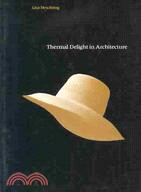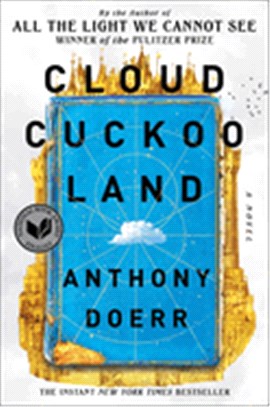Thermal Delight in Architecture
商品資訊
ISBN13:9780262580397
出版社:Mit Pr
作者:Lisa Heschong
出版日:1979/12/05
裝訂/頁數:平裝/96頁
規格:20.3cm*13.3cm*0.6cm (高/寬/厚)
定價
:NT$ 950 元優惠價
:79 折 751 元
無庫存,下單後進貨(到貨天數約30-45天)
下單可得紅利積點:22 點
商品簡介
相關商品
商品簡介
Our thermal environment is as rich in cultural associations as our visual, acoustic, olfactory, and tactile environments. This book explores the potential for using thermal qualities as an expressive element in building design.
Until quite recently, building technology and design has favored high-energy-consuming mechanical methods of neutralizing the thermal environment. It has not responded to the various ways that people use, remember, and care about the thermal environment and how they associate their thermal sense with their other senses. The hearth fire, the sauna, the Roman and Japanese baths, and the Islamic garden are discussed as archetypes of thermal delight about which rituals have developed—reinforcing bonds of affection and ceremony forged in the thermal experience. Not only is thermal symbolism now obsolete but the modern emphasis on central heating systems and air conditioning and hermetically sealed buildings has actually damaged our thermal coping and sensing mechanisms. This book for the solar age could help change all that and open up for us a new dimension of architectural experience.
As the cost of energy continues to skyrocket, alternatives to the use of mechanical force must be developed to meet our thermal needs. A major alternative is the use of passive solar energy, and the book will provide those interested in solar design with a reservoir of ideas.
Lisa Heschong earned a degree in Environmental Planning from the University of California at Berkeley and once in Architecture from MIT.
Until quite recently, building technology and design has favored high-energy-consuming mechanical methods of neutralizing the thermal environment. It has not responded to the various ways that people use, remember, and care about the thermal environment and how they associate their thermal sense with their other senses. The hearth fire, the sauna, the Roman and Japanese baths, and the Islamic garden are discussed as archetypes of thermal delight about which rituals have developed—reinforcing bonds of affection and ceremony forged in the thermal experience. Not only is thermal symbolism now obsolete but the modern emphasis on central heating systems and air conditioning and hermetically sealed buildings has actually damaged our thermal coping and sensing mechanisms. This book for the solar age could help change all that and open up for us a new dimension of architectural experience.
As the cost of energy continues to skyrocket, alternatives to the use of mechanical force must be developed to meet our thermal needs. A major alternative is the use of passive solar energy, and the book will provide those interested in solar design with a reservoir of ideas.
Lisa Heschong earned a degree in Environmental Planning from the University of California at Berkeley and once in Architecture from MIT.
主題書展
更多
主題書展
更多書展今日66折
您曾經瀏覽過的商品
購物須知
外文書商品之書封,為出版社提供之樣本。實際出貨商品,以出版社所提供之現有版本為主。部份書籍,因出版社供應狀況特殊,匯率將依實際狀況做調整。
無庫存之商品,在您完成訂單程序之後,將以空運的方式為你下單調貨。為了縮短等待的時間,建議您將外文書與其他商品分開下單,以獲得最快的取貨速度,平均調貨時間為1~2個月。
為了保護您的權益,「三民網路書店」提供會員七日商品鑑賞期(收到商品為起始日)。
若要辦理退貨,請在商品鑑賞期內寄回,且商品必須是全新狀態與完整包裝(商品、附件、發票、隨貨贈品等)否則恕不接受退貨。
























